A Legacy Across Millennia
The Museum’s Mission to Safeguard
Humanity’s Artistic Story
The Metropolitan Museum of Art stands as one of the world’s most comprehensive institutions dedicated to human creativity. Founded in 1870, its mission reaches beyond mere exhibition—it strives to preserve, study, and present art that defines civilizations across time and geography. Housing more than two million works, the museum provides an unparalleled view into the evolution of culture, from the earliest forms of artistic expression to the masterpieces of modernity. Its commitment lies not only in protecting the tangible remains of artistic heritage but also in ensuring that the spirit of human imagination continues to resonate across generations. Through conservation, research, and public engagement, the Metropolitan Museum fulfills a vital role as a guardian of global history.
Ancient Wonders Reimagined
Exploring the Art of Early
Civilizations
Visitors entering the museum’s vast galleries often find themselves transported into the ancient world. The collection of Egyptian art, one of the most celebrated, encompasses artifacts spanning over 3,000 years. The Temple of Dendur, reconstructed within a sunlit hall, serves as a focal point—its sandstone walls telling stories of devotion, architecture, and daily life along the Nile. Nearby, Mesopotamian reliefs and Assyrian sculptures reflect early human achievements in writing, governance, and religious symbolism. Each piece within these ancient galleries is carefully conserved to maintain its structural and aesthetic integrity, allowing contemporary audiences to connect with civilizations that laid the foundations of art, design, and cultural identity. The museum’s specialists employ cutting-edge conservation techniques—combining chemistry, archaeology, and digital imaging—to ensure that the materials, pigments, and textures endure in near-original condition for future study and appreciation.
The Splendor of Classical Mastery
Preserving the Artistic Ideals of
Greece and Rome
Among the most influential eras in art history, the classical period remains a cornerstone of the museum’s narrative. The galleries dedicated to Greek and Roman art display marble sculptures, bronze figures, and intricate mosaics that reveal the technical brilliance and philosophical depth of ancient craftsmanship. These artifacts are not merely aesthetic triumphs but also embodiments of cultural ideals—beauty, harmony, proportion, and reason. The Metropolitan Museum’s conservation laboratories play a critical role in stabilizing fragile materials, especially marble and metal, which are susceptible to the subtle effects of time and environment. By maintaining the balance between preservation and authenticity, the museum ensures that every viewer experiences these works in a condition as close as possible to their original splendor. Research partnerships with universities and archaeological institutes further expand knowledge about ancient artistic practices, shedding light on how creativity shaped the social and spiritual life of classical civilizations.
The Renaissance Reborn
European Art and the Spirit of
Human Renewal
The museum’s European collection offers an immersive journey through the Renaissance and beyond—a period when art reflected both divine inspiration and the rediscovery of human potential. Paintings by Italian masters reveal the interplay between faith, anatomy, and perspective, while Northern European works highlight meticulous detail and innovative techniques in oil painting. Each canvas, whether devotional or secular, represents a fusion of intellectual inquiry and artistic experimentation. The curatorial teams work tirelessly to research provenance, restoration history, and artistic technique, ensuring transparency and scholarly accuracy. Lighting, framing, and climate control are meticulously calibrated to preserve the delicate balance of pigment and texture. Visitors often find themselves standing before these works not simply as spectators, but as witnesses to the rebirth of artistic consciousness that defined Europe’s cultural awakening.
Global Perspectives in Art
Diversity Reflected Through the
Museum’s Expanding Collections
Beyond Europe, the Metropolitan Museum has embraced a mission of global inclusivity. Its collections from Africa, Asia, the Americas, and Oceania offer a multifaceted view of how societies express identity, spirituality, and innovation. From the intricate textiles of West Africa to the ceramics of East Asia and the ritual objects of pre-Columbian civilizations, each gallery serves as a cultural bridge connecting visitors with traditions often underrepresented in the historical canon. The museum’s curators collaborate with cultural institutions worldwide to ensure accurate representation, ethical acquisition, and respectful interpretation of artifacts. This global approach underscores the idea that creativity transcends borders—that every object, regardless of origin, contributes to the shared narrative of human experience. In doing so, the museum positions itself not merely as a repository of art, but as a living archive of interconnected cultures.
Behind the Scenes of Preservation
The Art and Science of
Conservation Work
Much of the museum’s vital work occurs away from public view, within state-of-the-art conservation laboratories. Here, scientists and conservators engage in precise analysis to stabilize, clean, and restore works of art without altering their original intent. Techniques such as infrared imaging, X-ray fluorescence, and micro-sampling allow experts to uncover hidden layers of pigment and repair centuries-old deterioration. Every intervention follows a rigorous ethical code: the goal is to preserve, not to alter. This combination of scientific precision and artistic sensitivity defines the museum’s approach to conservation. Specialists must understand both chemistry and aesthetics, ensuring that each restored artifact retains its authenticity while remaining structurally sound. Documentation accompanies every stage of treatment, creating an invaluable record for future researchers and curators. This meticulous process ensures that the museum’s treasures can withstand the passage of time while remaining faithful to their historical essence.
A Living Museum Experience
Engaging Visitors in Cultural
Discovery
The Metropolitan Museum is more than a collection—it is a living space where education and inspiration intersect. Through guided tours, lectures, and digital exhibitions, visitors engage directly with art and history. The museum’s educational programs, developed for diverse audiences, encourage critical thinking and global awareness. Interactive displays and virtual resources extend the museum’s reach beyond its physical walls, allowing millions worldwide to explore its holdings. The layout of the galleries is carefully designed to invite reflection and dialogue, transforming each visit into a personal journey through time. Accessibility and inclusion remain core principles, ensuring that art remains open to all who seek understanding. Every visitor, whether an art scholar or a first-time guest, contributes to the ongoing dialogue between past and present that the museum so carefully cultivates.
Continuing the Legacy
Preserving the Past to Inspire
the Future
The Metropolitan Museum of Art endures as a living testament to humanity’s boundless capacity for creation. Its mission—to collect, preserve, and share the achievements of civilizations—remains vital in a rapidly changing world. As cultural heritage faces threats from conflict, neglect, and time, institutions like the Metropolitan play an essential role in ensuring that art remains a universal language of understanding. Each artifact, each exhibition, and each visitor experience reinforces the enduring relevance of history. In safeguarding the world’s artistic legacy, the museum not only honors the past but also shapes the intellectual and cultural horizons of the future. Through its dedication to preservation and education, the Metropolitan Museum continues to embody the timeless connection between creativity and human identity—an ongoing journey through the art of civilization itself.

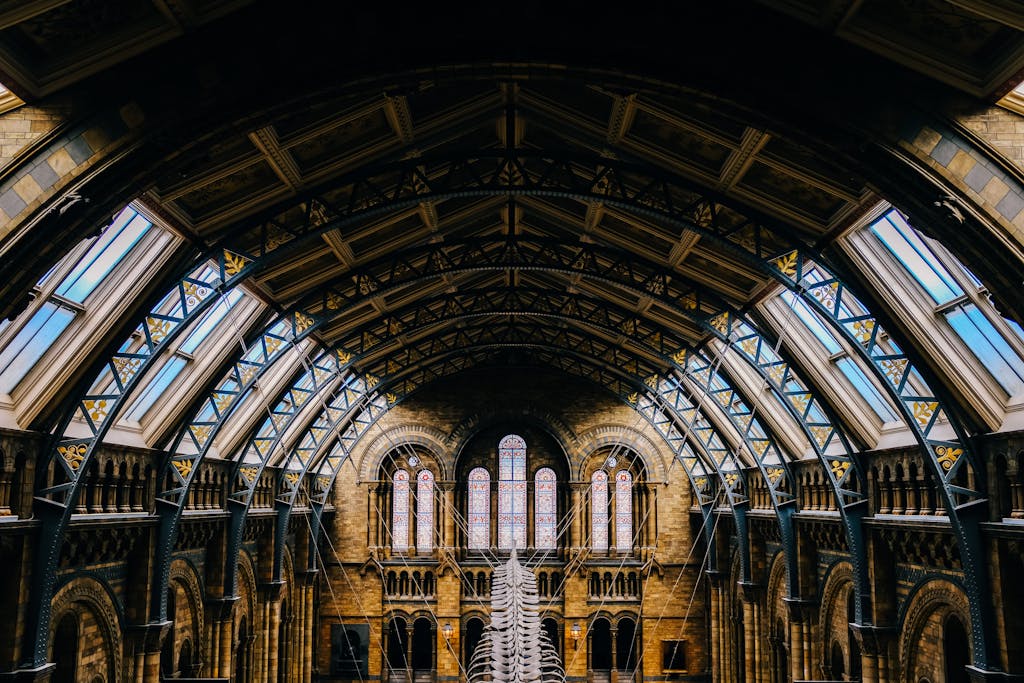
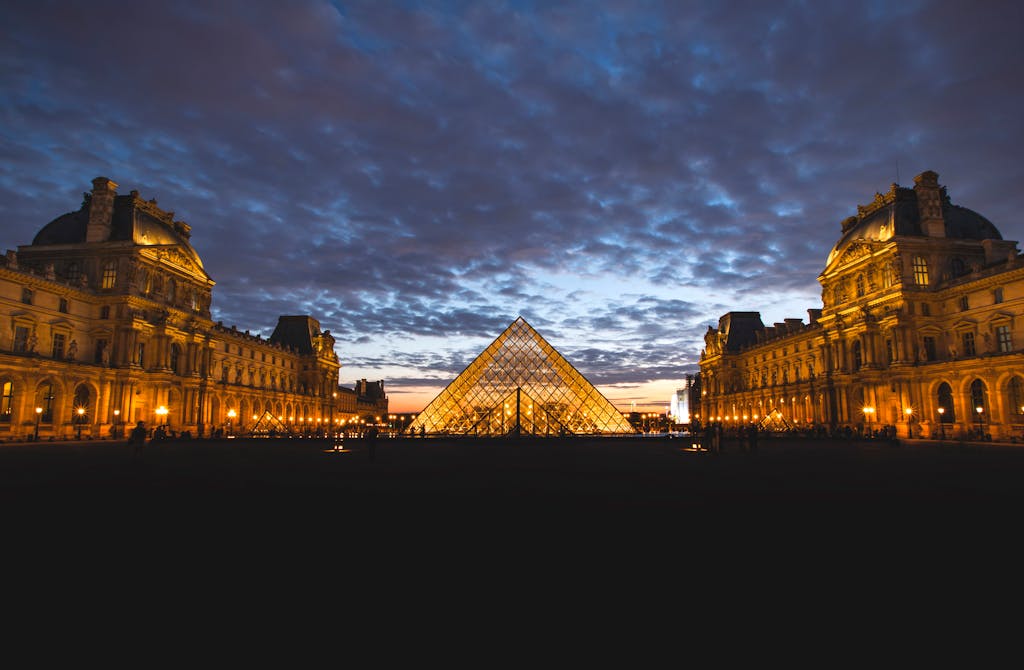


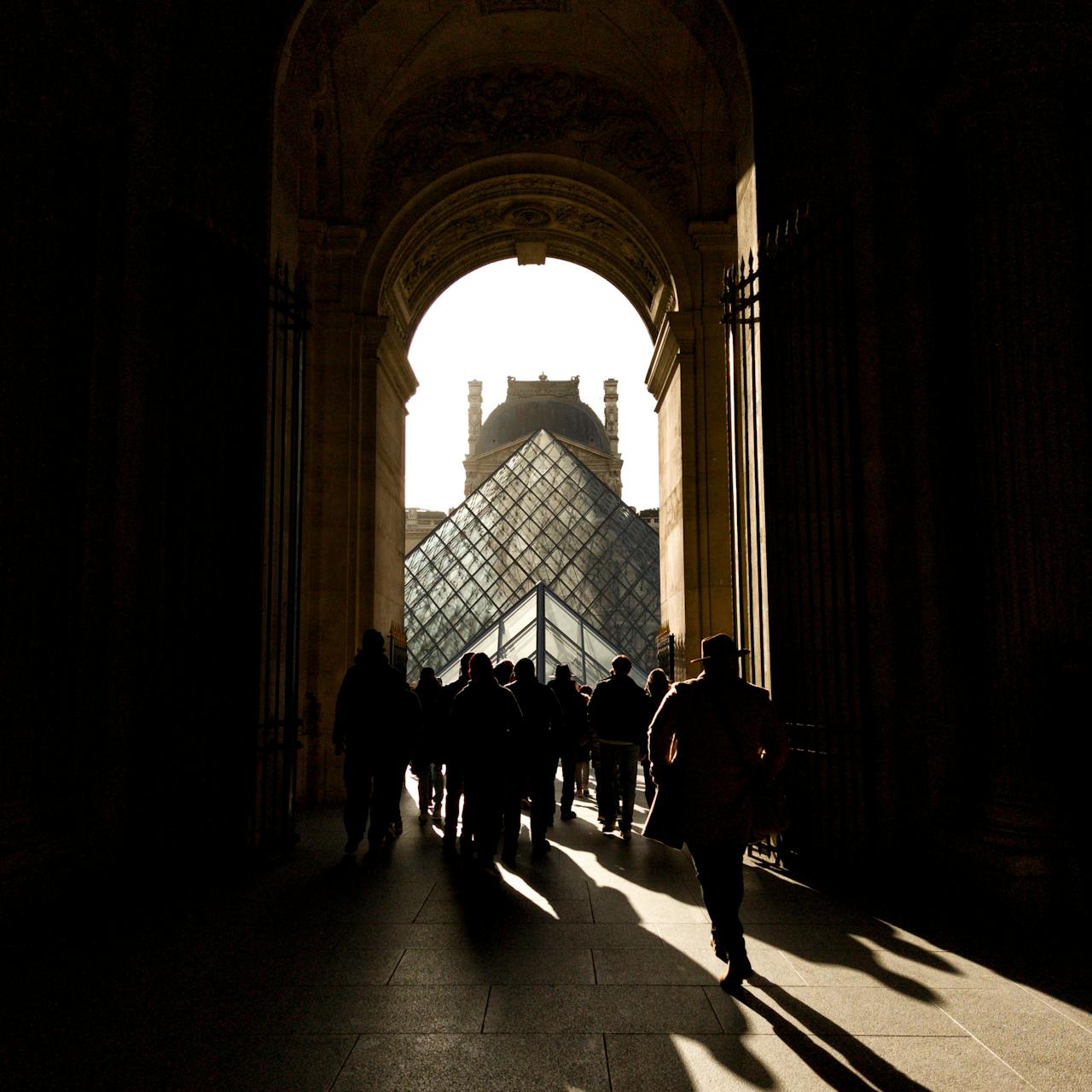
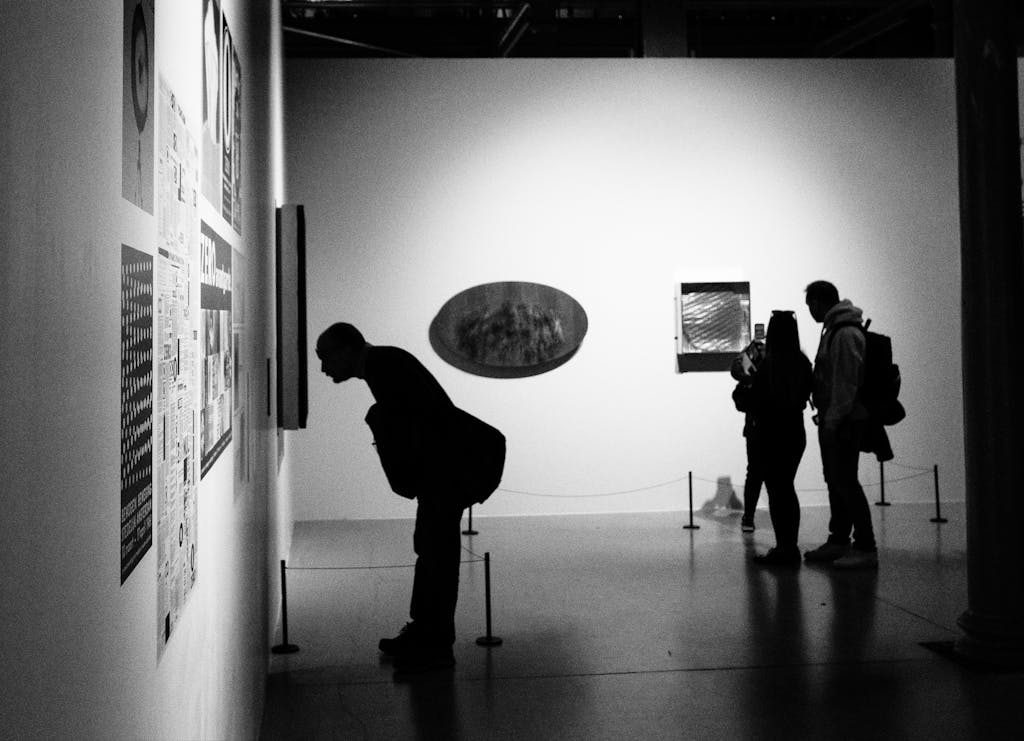
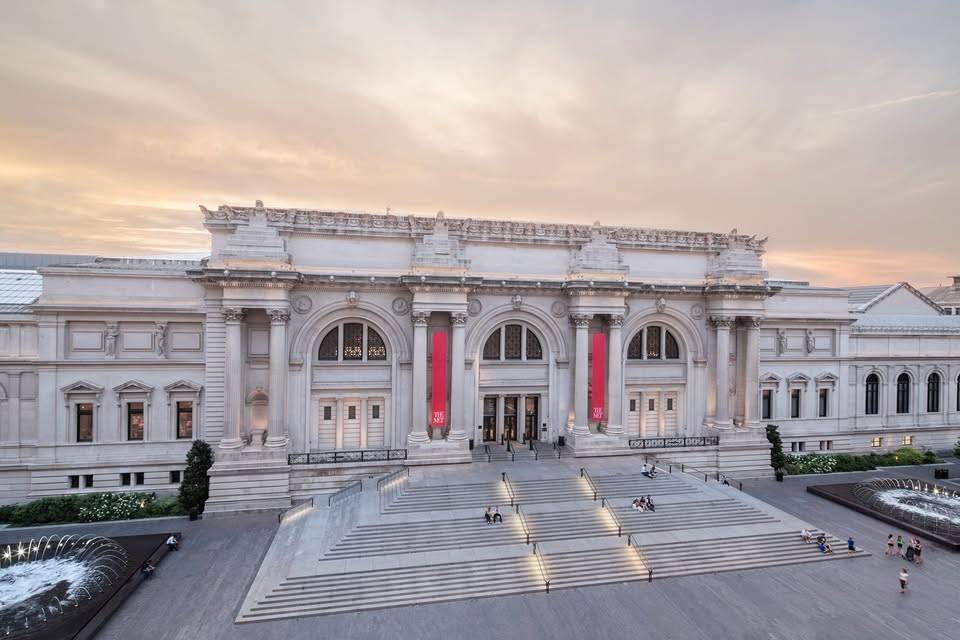




Top Comments
Emily Adams
I love how this blog connects different eras of art and culture so seamlessly.}
Michael Bennett
This blog deepened my appreciation for art and history in ways I never expected.
Sophia Brooks
The passion behind preserving these masterpieces shines through every article.